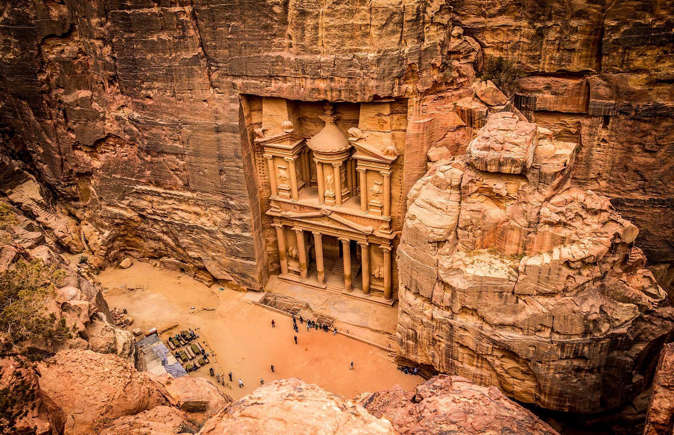Mesopotamian, Phoenician and Hellenistic influences modified to suit the Arab architectural taste.[1] Petra, the capital of the kingdom of Nabatea, is as famous now as it was in the antiquity for its remarkable rock-cut tombs and temples.
The Social Travel Guide Magazine

Mesopotamian, Phoenician and Hellenistic influences modified to suit the Arab architectural taste.[1] Petra, the capital of the kingdom of Nabatea, is as famous now as it was in the antiquity for its remarkable rock-cut tombs and temples.